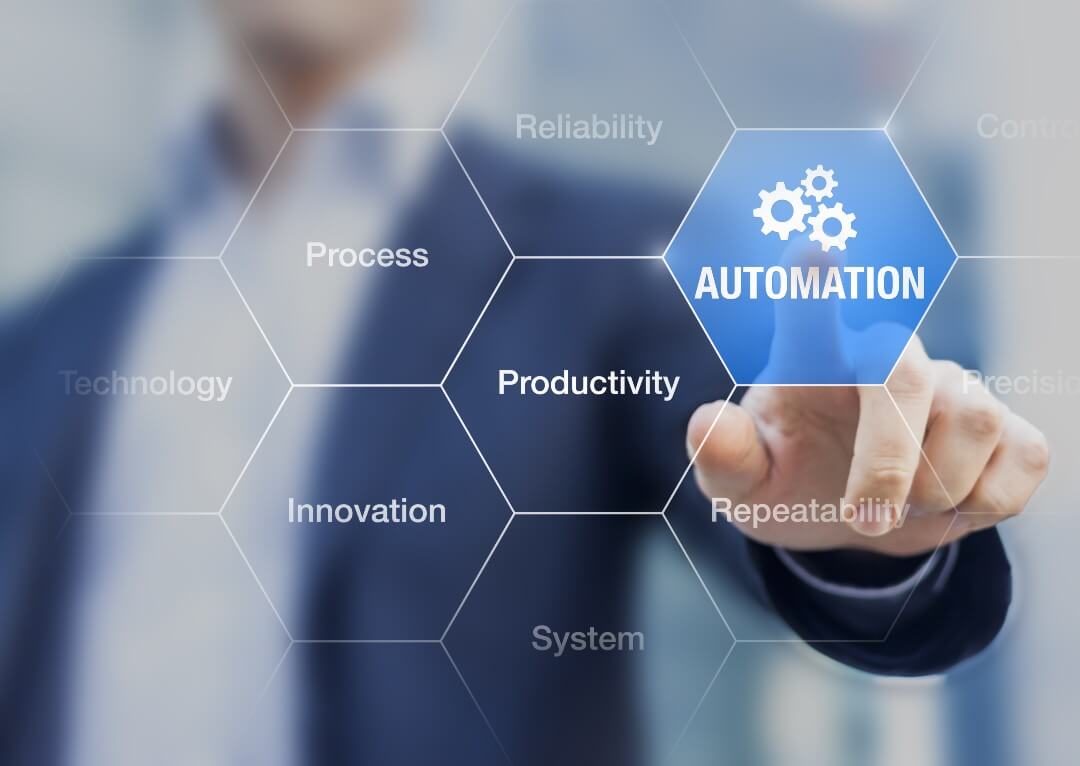Digital transformation has become inevitable for enterprises in 2022. The pandemic has increased digital adoption. Companies have to ramp up their digital capabilities to ensure anywhere access and instant decision making. They also have to deliver omnichannel experiences for customers with deep personalisation. Side-by-side, they have to ramp up their analytics capabilities to gain insights from data and get an edge over their competitors.
1. Deliver on agility and resilience
The central focus of most CIOs in an increasingly fluid and competitive 2022 is to make their enterprise agile and resilient. The key drivers of such change are migrating to the cloud and strengthening remote and hybrid work capabilities.
Migrating to the cloud is already a significant trend for the last many years. The COVID-19 mandates have sped up cloud adoption. Stay-at-home mandates have given way to hybrid work arrangements.
In 2022, CIOs have their task cut out to:
- Continue migrating applications to the cloud to enable anywhere access, scalability, and resiliency.
- Approach the cloud as a strategic enabler. Restructure, re-engineer and reimagine the cloud portfolio to optimise the cloud spend, focusing on sustainable competitive advantage.
- Strengthen remote work and hybrid work capabilities. Invest in data storage and compute solutions such as collaboration systems and data depositories.
- Consider setting up Global Capability Centres (GCCs) or dedicated offshore facilities. GCCs deliver offshoring advantages without the limitations of at-home work or traditional outsourcing.
- Build multidisciplinary teams to complement the business architecture. According to Gartner, 64% of the enterprises design business and technology processes in parallel.
- Promote collaborative work styles, iterative delivery processes, and integrated systems to enhance performance.
Informatica offers comprehensive cloud-based tools that add to enterprise agility and resilience. The tool enables a complete view of data from all sources and allows seamless sync of infrastructure for business needs.
2. Ramp up data capabilities
Enterprises struggle to keep pace with the growth of big data. As 5G and IoT become mainstream, the pace and volume of data will increase to the point of subverting existing data processing and analytic capabilities.
Forward-looking CIOs have already started digital transformation initiatives to ramp up their enterprise data processing capabilities.
- Set up edge computing to complement the cloud. The edge improves real-time data processing and solves latency issues related to Big Data.
- Develop analytic capabilities that use enterprise and external data to predict customer and enterprise behaviour. Experimentation using simulated environments yields insights into optimal configurations.
- Integrate data analytics into the enterprise decision-making processes at all levels. For instance, applying data insights for field service scheduling allows making informed decisions rather than making guesstimates.
The most effective CIOs invest in the latest tools to improve their data-related capabilities. For instance, Informatica’s data lakes, data warehouse, and other robust data-related infrastructure connects all data sources, mobilise workloads, and modernise analytics.
3. Promote automation
Efficiency is the keyword for success in today’s competitive business environment. Manual processes are time-consuming, inefficient, and error-prone. Automation frees employees from non-value generating tasks and improves productivity. For instance, customer support bots take care of routine queries, leaving human agents more time to handle complex tasks. The customer support responsiveness increased. Customer wait time reduces, improving customer satisfaction scores.
Automation is a cost-intensive and disruptive process, though. CIOs would do well to:
- Prioritise automation in existing platforms and applications. This approach makes it easy to quantify automation projects’ speed, savings, and quality.
- Extend automation beyond routine processes and enable intelligent decision-making. Explore Artificial Intelligence and Machine Learning use cases for such ends.
- Launch hyper-automation to deliver complete end-to-end digital experiences for internal and external customers.
Informatica’s CLAIRE intelligent AI engine makes it easy to manage and govern all data on a single platform, as the first step towards enabling automation.

4. Strengthen cyber security
Cyber threats have always been a big menace. The threat increased during the pandemic, as enterprises shifted most of their operations online. Ransomware, data breaches, and other outrages threaten supply chains and critical enterprise systems.
Throwing money at the problem alone will not fix things. In 2022, CIOs will have to pitch for increases in cyber security budgets. But they will also have to:
- Ensure a comprehensive approach to network security. The effectiveness of security depends not only on having the proper infrastructure but positioning it the right way. Conduct regular network audits to identify vulnerabilities and close the gaps. Ensure every initiative is part of the broader approval that offers complete protection.
- Develop a culture of safety. Make the rank-and-file employees understand the risks and implications of cyber breaches. Promote a culture where security is everybody’s concern and not only the IT team.
- Pay due attention to privacy as an essential element of security.
- Ingrain security into enterprise operations rather than reactive one-off projects.
- Keep abreast of the latest threats and network security countermeasures.
Robust platforms such as Informatica, which comes with FedRAMP Authorization, improve security in a big way.
5. Take a proactive role in HR
CIOs have their tasks cut out to ensure the availability of the right talent. The talent crunch for skilled IT professionals is rife as ever before. Digital transformation initiatives become dud without the right talent to orchestrate initiatives.
Proactive CIOs collaborate with HR to:
- Devise proactive hiring and retention strategies, including outsourcing, to bridge the skill gap.
- Devise initiatives to attract and retain talent. For instance, build engineering capabilities that encourage innovation or promote a learning organisation. They launch projects that remove barriers and friction.
- Offer training and development to up-skill the existing workforce. The best CIOs collaborate with HR for proactive performance management of the tech workforce.
6. Involve in Sustainability
In 2022, climate change will become a big issue that no enterprise can ignore. Customers will increasingly prefer sustainable business. Sustainability may also become hard-coded through compliance mandates and industry best practices.
CIOs have a big role in reducing carbon footprints and ensuring sustainability at the enterprise level. A good share of the enterprise’s carbon footprint is IT spending. Data centres, servers, networks, storage, and other end-point devices consume colossal energy.
In 2022, CIOs will launch sustainability programs. Migrating to the cloud and shifting to green energy sources reduce energy consumption.
CIOs currently perform a balancing act of managing operations while spearheading transformational change. Successful CIOs invest in tools such as Informatica to make their enterprises more agile, resilient, customer-focused, and competitive. They attempt to know their customers well and prioritise digital transformation projects that add value to customers.












